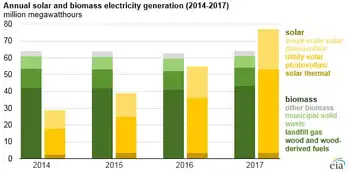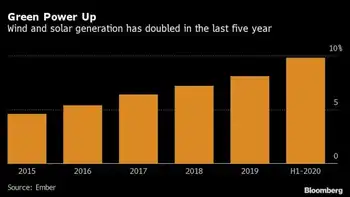GM unveils Volt
By Reuters
Protective Relay Training - Basic
Our customized live online or in‑person group training can be delivered to your staff at your location.

- Live Online
- 12 hours Instructor-led
- Group Training Available
Chief Executive Rick Wagoner introduced the small, curvy four-seater at the automaker's Detroit headquarters during an event to celebrate GM's 100th anniversary.
"The Volt symbolizes GM's commitment to the future - the kind of technological innovation that our industry needs to respond to today and tomorrow's energy and environmental challenges," Wagoner said.
In what has been billed as a race with Toyota Motor Corp to be the first to market with a plug-in car, GM has pushed hard to develop the Volt in time for it to hit showrooms in 2010. Fanfare surrounding the Volt comes as the No. 1 U.S. automaker has been struggling with flagging sales of less-efficient sport-utility vehicles and pickup trucks amid soaring prices at the pump.
Those high gasoline prices, the credit crunch and a slowing economy have dragged U.S. auto sales down to 15-year lows. GM's sales in particular were down 18.5 percent in the first eight months of the year. Fuel-saving hybrid electric cars - like Toyota's popular Prius model - have been one of the few bright spots for the industry in 2008 so far.
GM is cutting billions of dollars in costs and selling off assets to shore up its finances and weather the downturn.
Despite its troubles, however, GM has charged ahead with the Volt, which is designed to run for 40 miles on a lithium-ion battery pack that can be recharged at a standard electric outlet. The car also includes a gas tank for trips longer than 40 miles.
GM says the Volt will cost about 2 cents a mile to operate on battery power, compared with 12 cents a mile using gasoline priced at $3.60 a gallon. The carmaker said the Volt will cost 80 cents a day for a full charge, or less than the price of a cup of coffee.
But before they can get those savings, consumers will be expected to pay a hefty premium for a Volt, with recent price estimates ranging between $30,000 and $50,000.
GM itself won't say how much it expects to charge for a Volt, but product chief Bob Lutz said he hopes the price tag will be "nowhere near" the high end of that range. He added that the company expects federal and state tax credits to help defray the cost for consumers.
The introduction of thousands of electric vehicles still depends on advances in lithium-ion battery technology and the ability to bring down the cost of that key part. Batteries have a tendency to overheat, but Lutz said the Volt's new generation of lithium batteries does not have that problem.
"We have had zero problems with the chemistry of the batteries," he said.
In its first 12 months of production, GM expects to manufacture 10,000 Volt cars in a plant in Detroit, ultimately increasing that to 60,000 a year, Lutz said. He added that the first Volts should hit GM showroom floors by November 2010.
By comparison, Toyota sold around 120,000 of its hybrid Prius brand cars in the first eight months of this year alone. GM sold around 145,000 Cobalt small sedans in the same period.
To increase aerodynamics and help achieve the 40-mile electric range of the Volt, the production model unveiled is more rounded than the concept version GM introduced in January 2007.
GM for the first time also showed off the car's interior, including a digital touch screen that displays both a fuel gauge and a measure of how much battery power the car has left.
The Volt's first iteration will also not be a moneymaker for the company, GM President and Chief Operating Officer Fritz Henderson said.
"For most of our (Generation) 1 technologies, I don't know that I have ever seen a situation where we make money," Henderson said. "I don't necessarily think this is going to be the exception."











